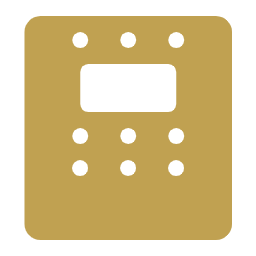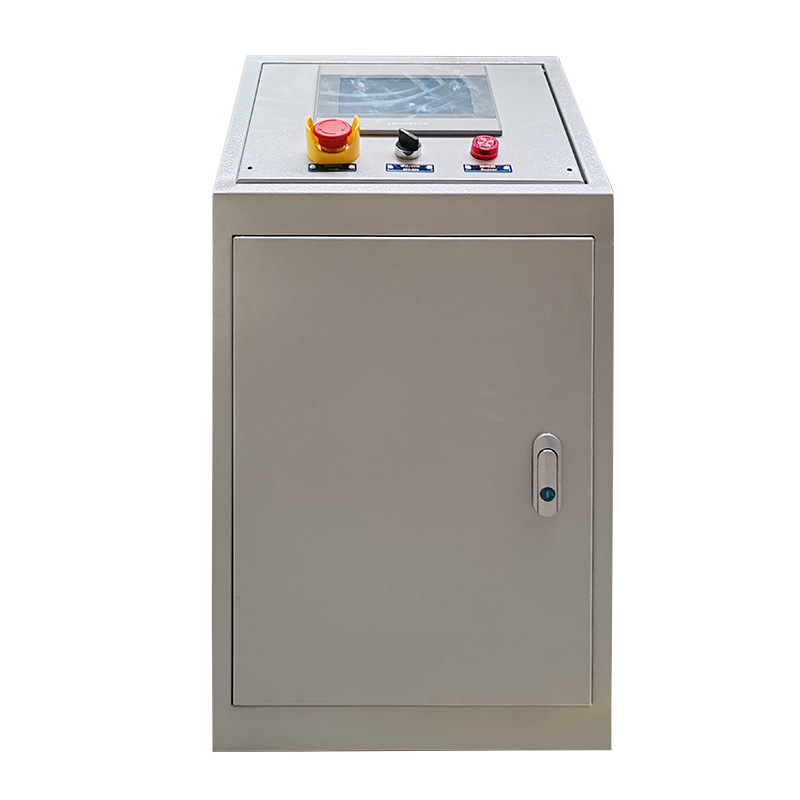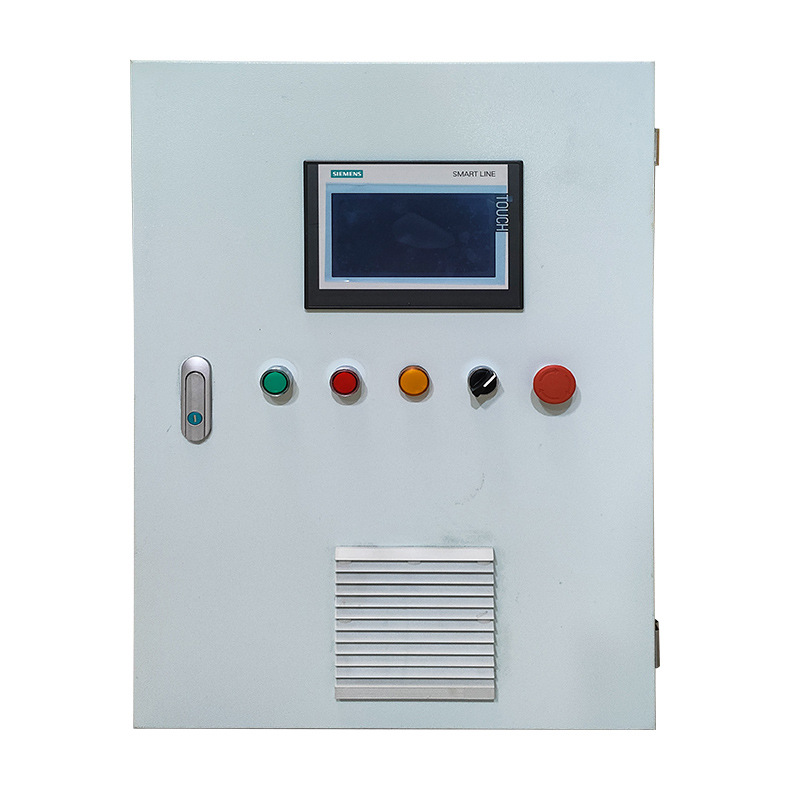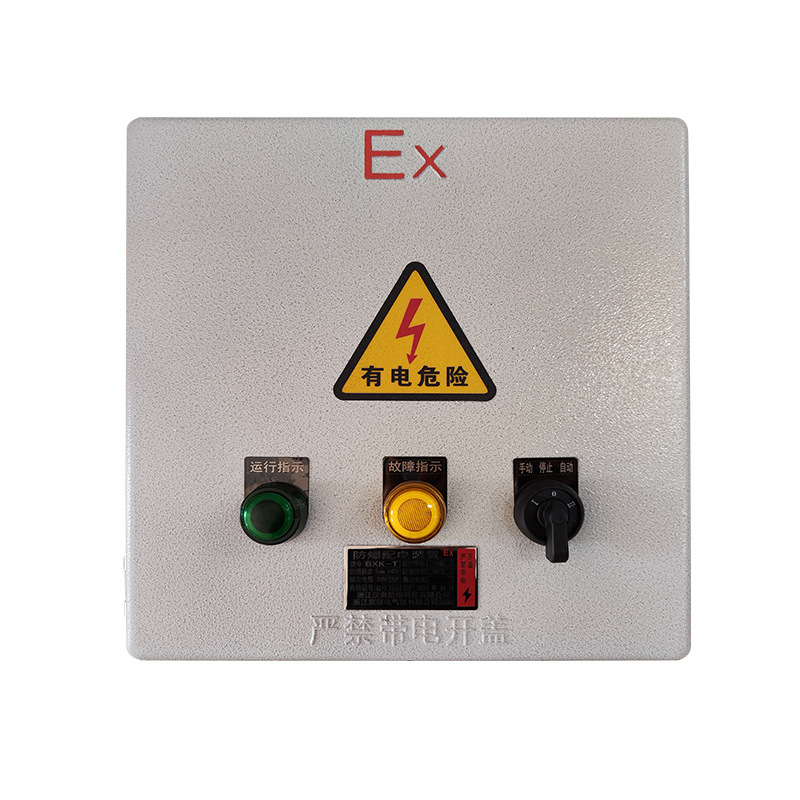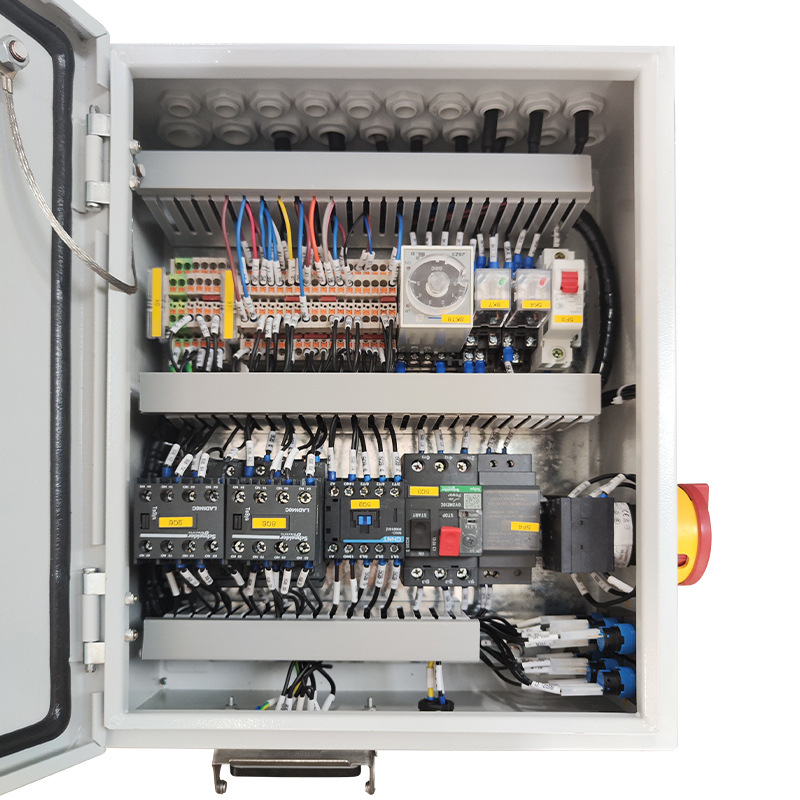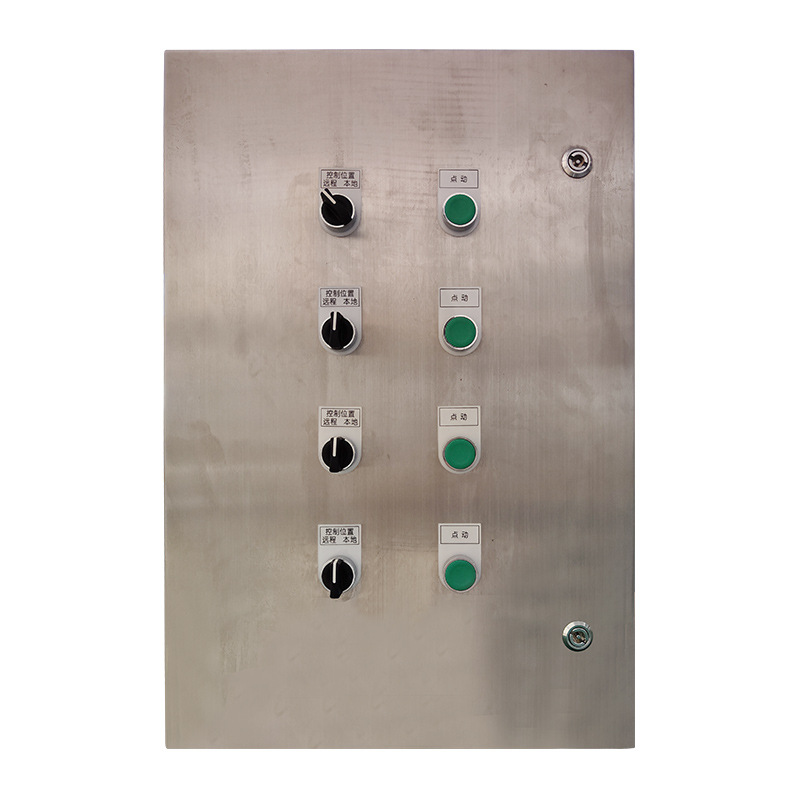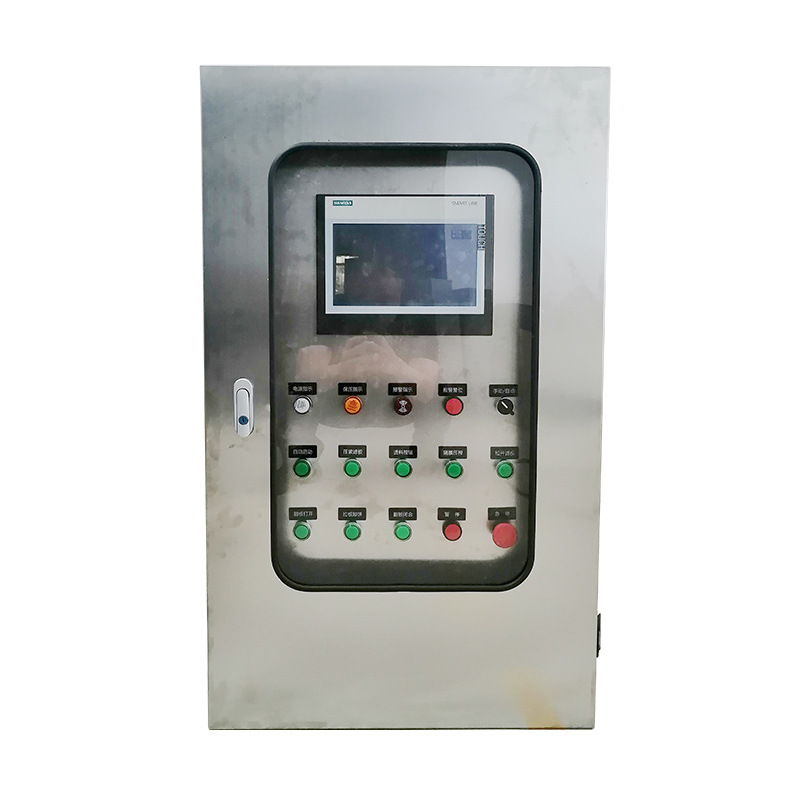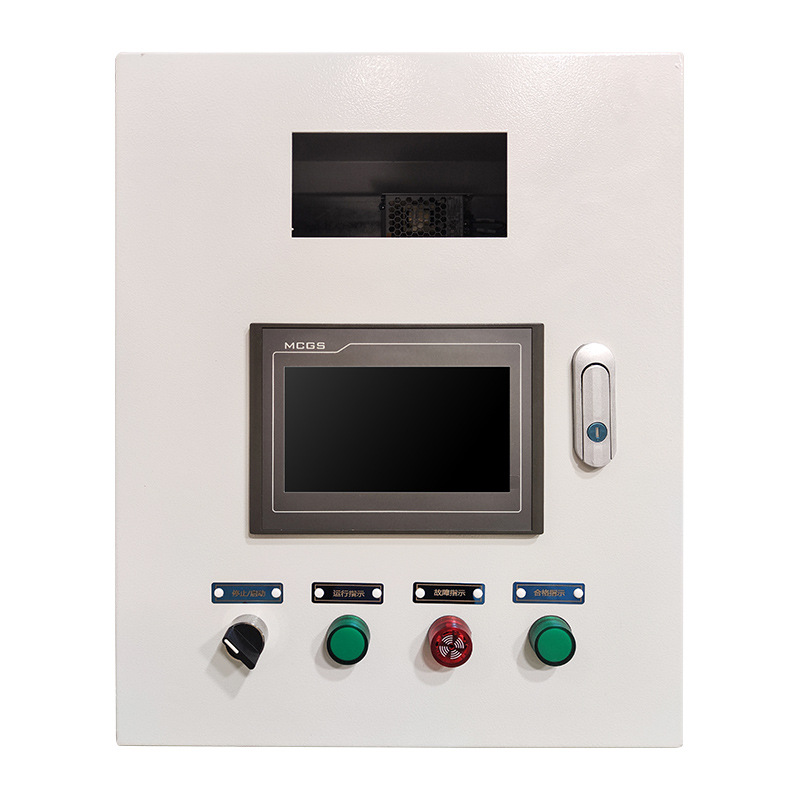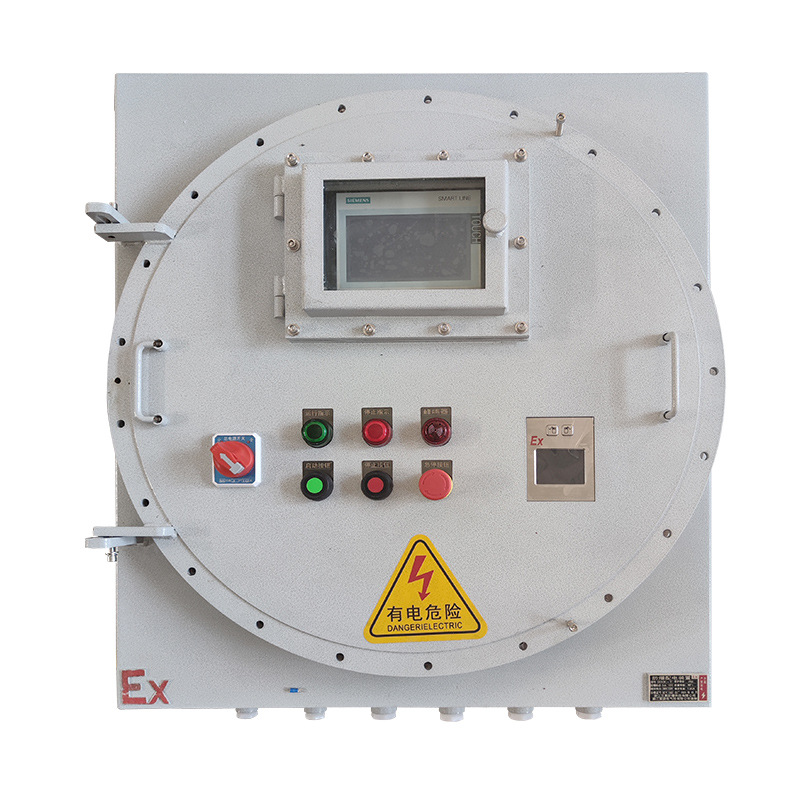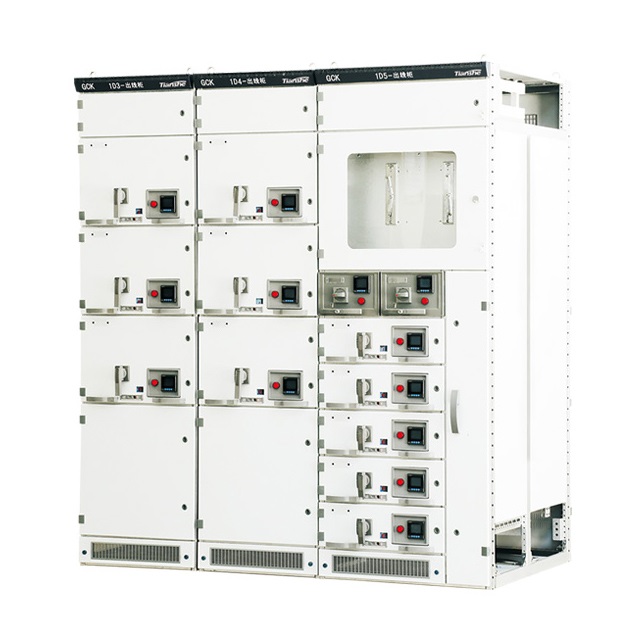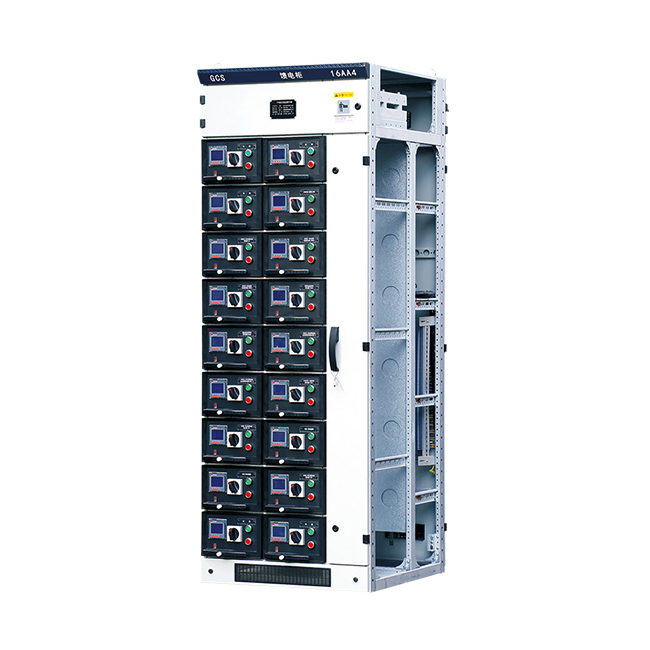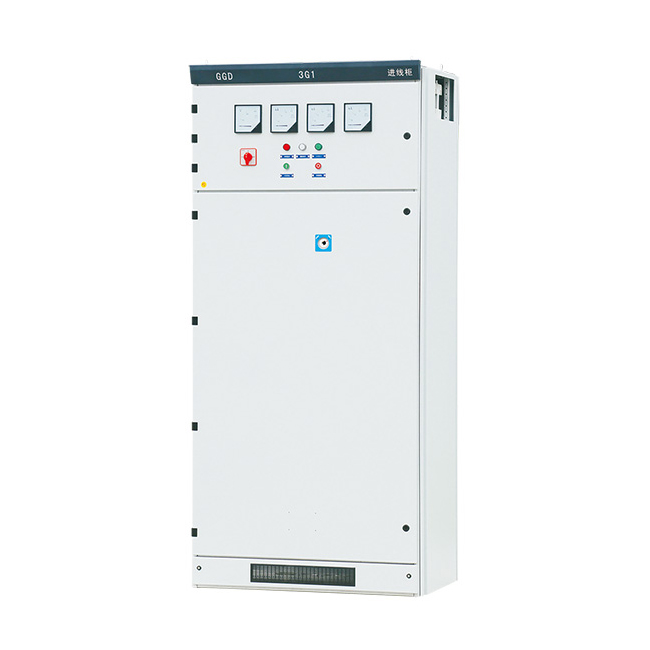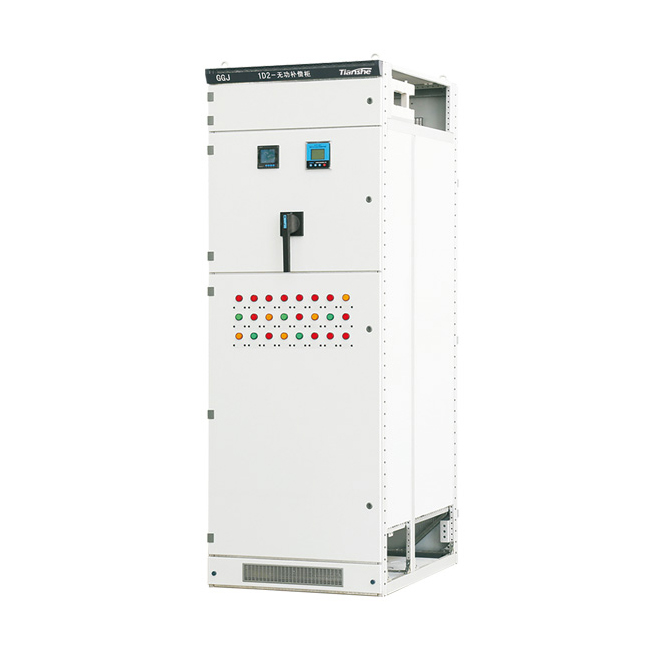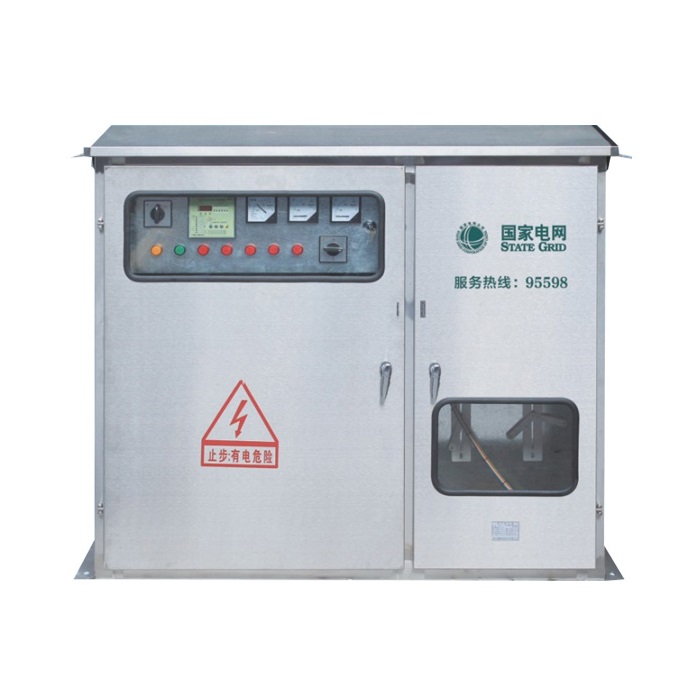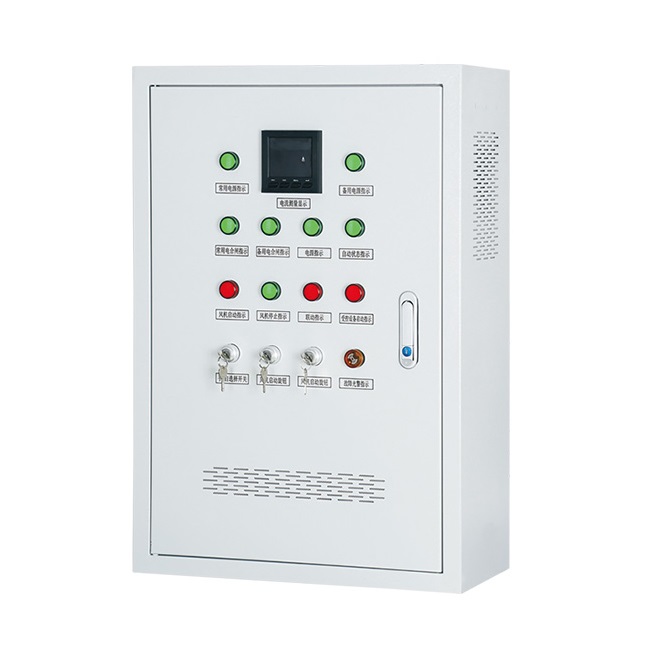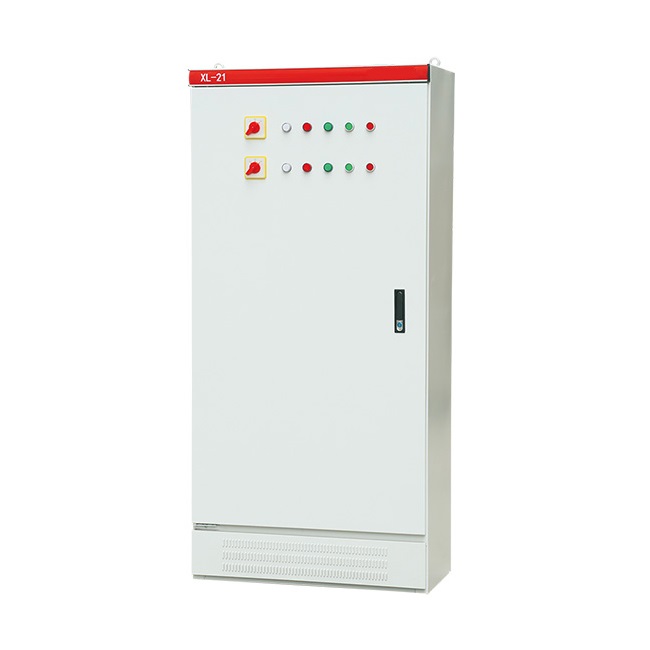 选择语言
选择语言
Analysis of Common Faults of PLC Frequency Conversion Control Cabinet
Common faults of PLC frequency conversion control cabinet and their analysis are as follows:
1. **PLC program lost or no drive output**
- The fault is manifested as the failure of the PLC frequency conversion control cabinet to start, which may be caused by the loss of the PLC program or the lack of drive output. It is necessary to check whether the PLC program is loaded correctly and whether the drive output is normal.
2. **Inverter setting error**
- Inverter setting error, such as incorrect setting of parameters such as voltage, power, and start mode, may cause the control cabinet to fail to work properly. It is necessary to check and reset the inverter parameters to ensure that they match the actual application scenario.
3. **Inverter failure or overload protection**
- The inverter itself may have a fault, or the overload protection is triggered, causing the control cabinet to fail to start or run normally. It is necessary to check the status of the inverter, confirm whether an overload occurs, and perform corresponding troubleshooting.
4. **Remote pressure sensor failure (constant pressure water supply)**
- In a constant pressure water supply system, the failure of the remote pressure sensor may cause the control cabinet to fail to adjust the pressure correctly, affecting the normal operation of the system. The working status of the sensor needs to be checked and repaired or replaced.
5. **Other electrical component failure**
- Failures of other electrical components such as intermediate relays and start buttons may also cause the PLC frequency conversion control cabinet to fail to work properly. These components need to be checked to confirm whether they function normally and make necessary replacements or repairs.
6. **Motor does not rotate**
- The motor does not rotate due to incorrect operation mode settings, too low or no frequency command, peripheral wiring errors, incorrect multi-function input terminal settings, etc. These possible reasons need to be checked one by one and adjusted or repaired accordingly.
7. **Unable to set parameters**
- The inability to set parameters may be caused by password lock, inverter in operation, abnormal connector connection, or abnormal digital manipulator communication. These factors need to be checked and unlocked, inverter operation stopped, connector connection or communication checked.
8. **Motor deceleration is too slow**
- The motor deceleration is too slow due to too long deceleration time setting, no brake resistor or DC system installed, etc. It is necessary to reduce the deceleration time setting, install a brake resistor, or consider adding a DC system to improve the deceleration effect.
9. **Motor overheating**
- Motor overheating may be caused by excessive load, high ambient temperature, insufficient motor phase withstand voltage, etc. It is necessary to check whether the load exceeds the rated capacity of the motor, reduce the ambient temperature around the motor, replace the motor that can withstand higher impulse voltage, etc.
10. **Inverter control cabinet does not start**
- The inverter control cabinet may not start due to the lack of phase of the incoming power supply, damage to the fuse or insurance in the cabinet, and burnout of the contactor coil. It is necessary to check whether the incoming power supply is complete, whether the fuse or insurance in the cabinet is intact, and whether the contactor coil is burnt, and replace or repair it accordingly.
The above summarizes some common faults of PLC variable frequency control cabinets and their analysis methods, which helps to quickly locate problems and perform effective troubleshooting.


